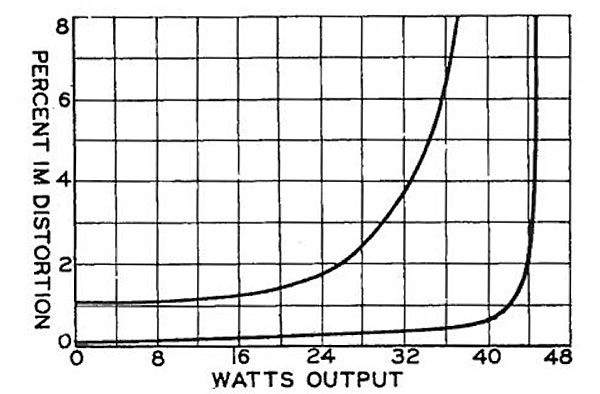| Columns Retired Columns & Blogs |
A 10dB increase in level represents a 100-fold increase in power
Actually, 10dB represents 10x power, so 100x is 20dB.
Odd that JGH missed this after correctly writing that doubling power is 3dB. I suppose even he could make a potential mistake.











































